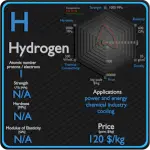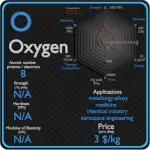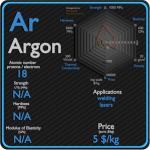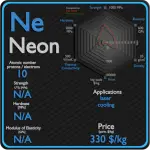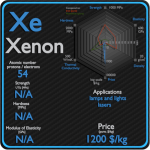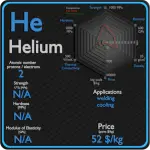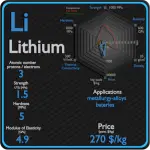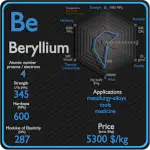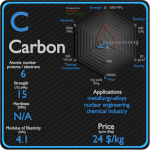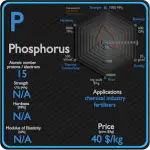This article contains comparison of key thermal and atomic properties of helium and nitrogen, two comparable chemical elements from the periodic table. It also contains basic descriptions and applications of both elements. Helium vs Nitrogen.
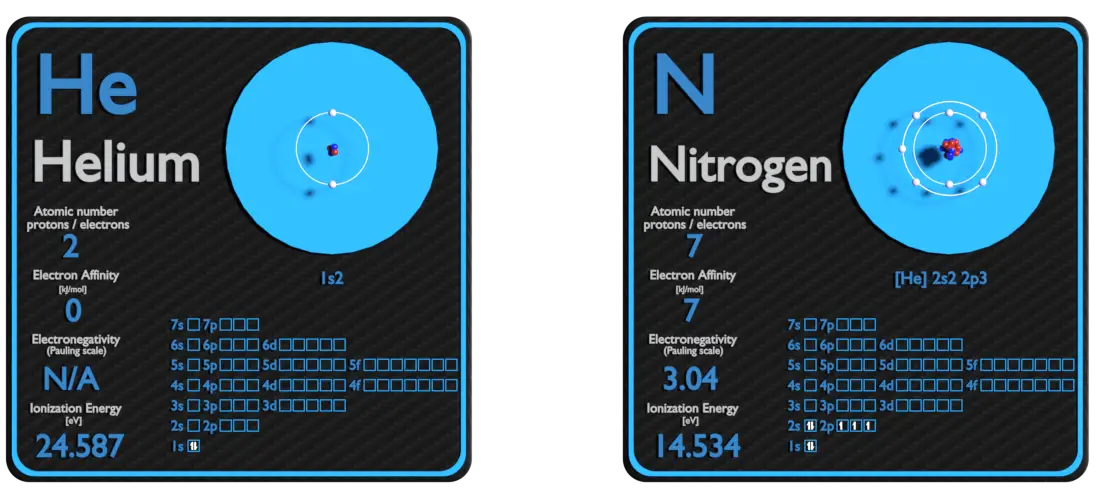
Helium and Nitrogen – About Elements
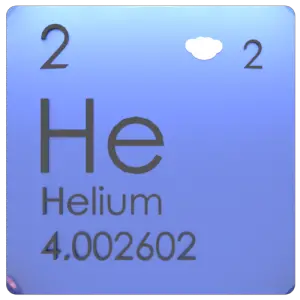
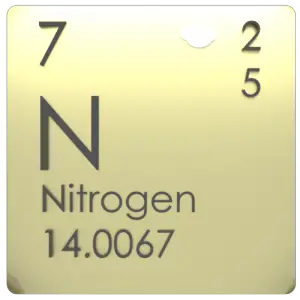
Source: www.luciteria.com
Helium and Nitrogen – Applications
Helium
Helium is used for many purposes that require some of its unique properties, such as its low boiling point, low density, low solubility, high thermal conductivity, or inertness. Of the 2014 world helium total production of about 32 million kg (180 million standard cubic meters) helium per year, the largest use (about 32% of the total in 2014) is in cryogenic applications, most of which involves cooling the superconducting magnets in medical MRI scanners and NMR spectrometers. Most clinical magnets are superconducting magnets, which require liquid helium to keep them very cold.
Nitrogen
Nitrogen in various chemical forms plays a major role in large number of environmental issues. The applications of nitrogen compounds are naturally extremely widely varied due to the huge size of this class: hence, only applications of pure nitrogen itself will be considered here. Two-thirds of nitrogen produced by industry is sold as the gas and the remaining one-third as the liquid. In metallurgy, nitriding is a case hardening process in which the surface nitrogen concentration of a ferrous is increased by diffusion from the surrounding environment to create case-hardened surface. Nitriding produces hard, highly wear-resistant surface (shallow case depths) of product with fair capacity for contact load, good bending fatigue strength and excellent resistance to seizure. Synthetically produced ammonia and nitrates are key industrial fertilisers, and fertiliser nitrates are key pollutants in the eutrophication of water systems. Apart from its use in fertilisers and energy-stores, nitrogen is a constituent of organic compounds as diverse as Kevlar used in high-strength fabric and cyanoacrylate used in superglue.
Helium and Nitrogen – Comparison in Table
| Element | Helium | Nitrogen |
| Density | 0.00018 g/cm3 | 0.00125 g/cm3 |
| Ultimate Tensile Strength | N/A | N/A |
| Yield Strength | N/A | N/A |
| Young’s Modulus of Elasticity | N/A | N/A |
| Mohs Scale | N/A | N/A |
| Brinell Hardness | N/A | N/A |
| Vickers Hardness | N/A | N/A |
| Melting Point | -272.2 °C | -209.9 °C |
| Boiling Point | -268.9 °C | -195.8 °C |
| Thermal Conductivity | 0.1513 W/mK | 0.02598 W/mK |
| Thermal Expansion Coefficient | — µm/mK | — µm/mK |
| Specific Heat | 5.193 J/g K | 1.04 J/g K |
| Heat of Fusion | 0.0138 kJ/mol | (N2) 0.7204 kJ/mol |
| Heat of Vaporization | 0.0845 kJ/mol | (N2) 5.56 kJ/mol |
